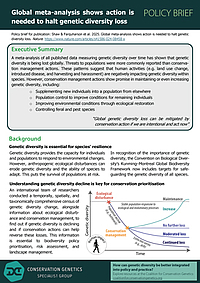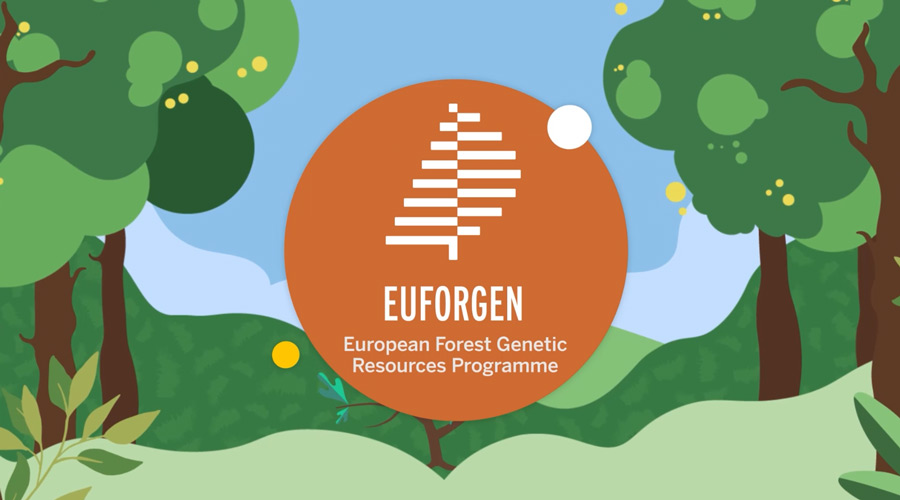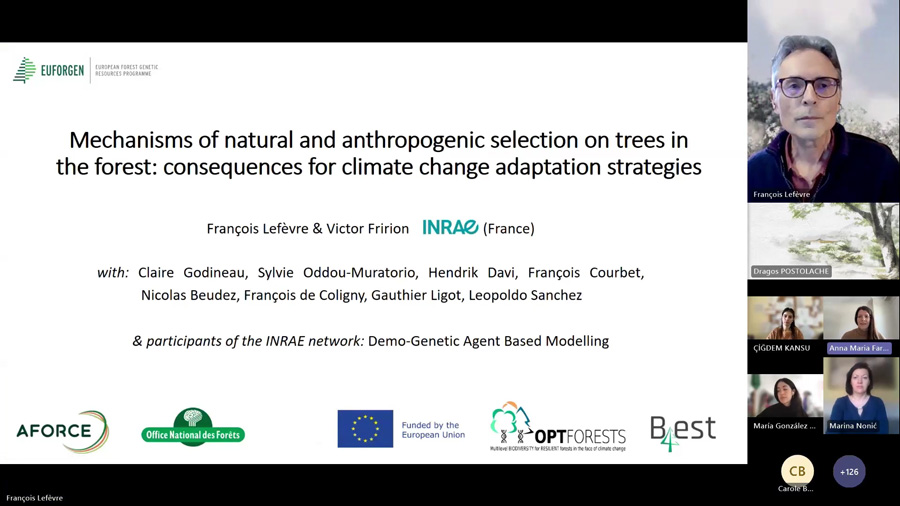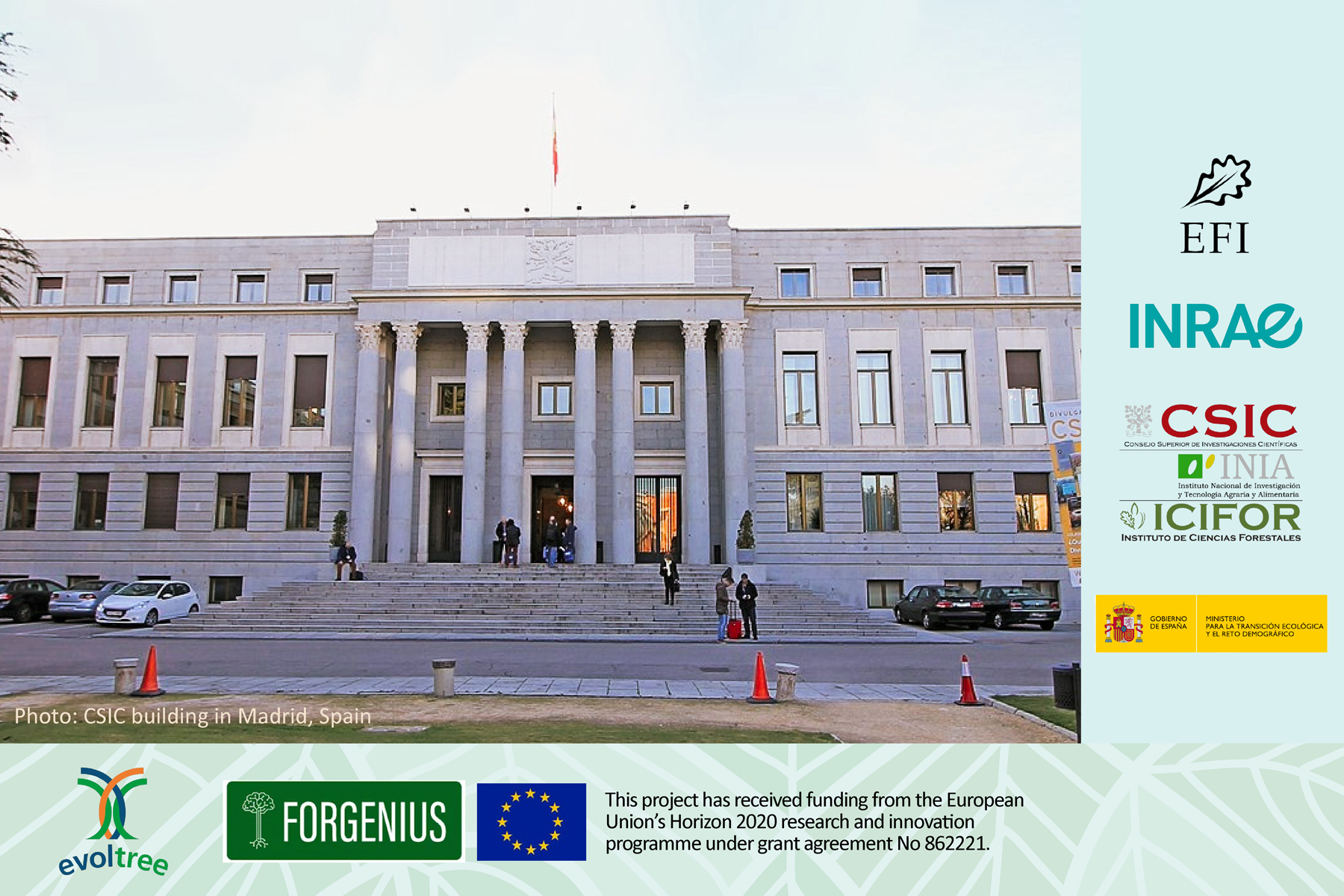A milestone genetic study: a glimpse of hope amidst global genetic diversity decline
A global study in 'Nature' reveals declining genetic diversity, even in widespread species, but highlights the critical role of genetic monitoring and conservation efforts to preserve biodiversity resilience.
The most comprehensive global analysis of genetic diversity ever conducted was recently published in Nature. The study, led by Dr C. Grueber from the University of Sydney and a team of researchers from countries including the UK, Sweden, Poland, Spain, Greece, and China, has found that genetic diversity is declining globally, even in widespread species. Nevertheless, targeted conservation efforts assist in the maintenance of genetic diversity.
The study is essentially a genetic monitoring study (the temporal evaluation of genetic diversity parameters), with data collection spanning more than three decades (1985–2019). After an initial analysis of 80,271 papers, the team focused on 628 species of animals, plants, and fungi across 141 countries (where genetic monitoring data were available or could be extracted), representing all terrestrial and most maritime realms on Earth.
The team used sophisticated statistical meta-analyses (fully available here) to make the data comparable, even when studies used different methodologies or collected genetic data through diverse approaches, in order to identify trends. According to Dr Grueber, “advances in genetics and statistics have given us new tools that mean we can continue to learn from studies long after they were carried out—a huge benefit when we are looking at populations and trends on a global scale.”
Loss was detected across different study designs, methods, and regardless of IUCN Red List threat status or whether ecological disturbances or conservation management actions were reported. Moreover, threats to populations were more commonly reported than conservation management actions. The authors conclude that there is a background level of genetic diversity loss across species globally, particularly where anthropogenic pressure and abiotic or biotic stress were reported.
The authors also tracked what happened in the face of various conservation measures, such as legally protecting a species or establishing a conservation or habitat protection area. It was shown that different conservation strategies present varying effectiveness in safeguarding genetic diversity. A policy brief related to the findings of this study is available here.
It is noted that among the 628 species studied, 72 were flowering plants and 44 were perennials, out of which 11 were European trees, including nine that are part of the EUFORGEN conservation network (Alnus glutinosa, Cedrus atlantica, Fagus sylvatica, Juglans regia, Pinus halepensis, Picea abies, Pinus sylvestris, Quercus petraea, and Quercus robur). Since 2019 (the end of the 35-year period studied), more research on forest tree genetic monitoring has been conducted, either already published or in progress.
This study highlights the substantial power of genetic monitoring, to which EUFORGEN is no stranger. During Phase III (2005–2009), EUFORGEN developed a background document on genetic monitoring. Subsequently, during Phase IV (2010–2014), a Working Group on Genetic Monitoring was established and produced a report that proposed options for creating a pan-European genetic monitoring system for the dynamic conservation units of forest trees.
This article was originally written by Dr Filippos (Phil) A. Aravanopoulos (Aristotle University of Thessaloniki).
References
-
Aravanopoulos FA 2009. Genetic monitoring for gene conservation units. Background Document. In: Report 6th EUFORGEN Steering Committee Meeting, Thessaloniki, Greece, 9-12 June 2009, European Forest Genetic Resources Programme, Bioversity International, Rome, Italy, 8 pp.
-
Aravanopoulos, FA, Tollefsrud, MM, Graudal L, Koskela J, Katzel R, Soto A, Nagy L, Pilipovic A, Zhelev P, Bozic G & M Bozzano 2015. Development of genetic monitoring methods for genetic conservation units of forest trees in Europe. European Forest Genetic Resources Programme (EUFORGEN), Bioversity International, Rome, Italy, 62 pp.
-
Shaw RE, Farquharson KA, Bruford MW, Coates DJ; Elliott CP; Mergeay J; Ottewell KM; Segelbacher G, Hoban S; Hvilsom C; Pérez-Espona S, Ruņģis D, Aravanopoulos FA; Bertola L, Cotrim H, Cox K; Cubric-Curik V, Ekblom R, Godoy JA; Konopiński MK, Laikre L, Russo IRM; Veličković N, Vergeer P; Vilà C; Brajkovic V; Field DL; Goodall-Copestake WP, Hailer F, Hopley T; Zachos FE, Alves PC; Biedrzycka A; Binks RM, Buiteveld J; Buzan E; Byrne M, Huntley B; Iacolina L, Keehnen NLP; Klinga P; Kopatz A, Kurland S, Leonard JA, Manfrin C; Marchesini A, Millar MA, Orozco-ter Wengel P, Ottenburghs J, Posledovich D, Spencer PB; Tourvas N, Nahberger TU, van Hooft P, Verbylaite R; Vernesi V & CE Grueber 2025. Conservation action is needed to halt global genetic diversity loss. Nature, 21 pp.











